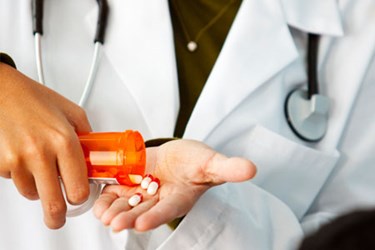Report: Global Initiatives To Improve Access To Medicine Show Both Strengths And Weaknesses

The Access to Medicine Index (AMI), a report published every two years by an independent initiative based in the Netherlands, ranks top pharmaceutical companies (18 total) based on their efforts to promote better and more global access to medicine. This year’s report finds many significant improvements, but also highlights areas of concern which still need to be addressed by the pharma industry as a whole.
Scores are tallied by judging companies according to seven criteria: product research and development, cooperation in generic development, approaches to pricing in low-income countries, lobbying activity and ethical marketing.
According to the report, GlaxoSmithKline topped the list for the fourth year running. Novo Nordisk made the most significant jump from sixth to second place.
Wim Leereveld, founder and CEO of the AMI, said, “No company is in the top five in all areas we analyze, but the leaders tend to perform well across most of them, even though they differ in their focus. Top performers innovate constantly, and usually have to innovate in several areas to maintain their position.”
The report found progress in several areas. Several companies have licensed their drugs to generic manufacturers in low-income countries. More companies are pursuing business models which innovate with access initiatives. The global pharma pipeline also currently contains 47 new medicines designed with the needs of developing nations in mind.
Furthermore, more than half the companies analyzed were pursuing pediatric dosages of existing products, and 36 percent of companies were pursing treatments for non-communicable disease — a growing area of concern in developing nations.
The report highlighted concern in areas of marketing ethics and transparency with patent expirations. Also, the report found that many companies did not have proactive plans for access and affordability for newly developed drugs.
Only five of the 18 companies analyzed produced 54 percent of the 327 drugs in the pipeline. However, Jayasree Iyer, head of research at AMI reported that the largest companies in terms of market share did not necessarily achieve the best scores.
Iyer said, “What defines where companies rank has less to do with how many relevant products they have than with what they do with their products and expertise.”
In addition to the report, the AMI is passing on tailored report cards to each of the eighteen companies who can use the information to reform their goals and design new initiatives.
Leereveld commented on the report cards in general, saying, “They all address access issues in different ways, but our analysis shows that all companies can do more.”
